Campari, glamour, mosaics all in one place: The heart of Milan
It was 1867. City of Milan. The Vittorio Emanuele II Gallery is inaugurated in the presence of the King himself. A story was about to unfold that would mark the life of the Campari brand and set a new lifestyle trend. The Italian aperitivo.
After the inauguration, Gaspare Campari, an Italian drink maker and an entrepreneur, seized the opportunity and moved his home in the Galleria, opened a restaurant and a wine shop.
The founder of the Campari brand was born in Lombardy in 1828 and was a son of a farmer. At the age of 14 he was hired at a Turin tavern as a dishwasher. One year later he was promoted to master drink maker. In 1860 he opened the Cafè Amicizia in Milan. Seven years later, following the Galleria's inauguration, Gaspare Campari had his own place in the Milan's most refined architectural landmark.
He was a man of vision. Not just hard work and talent.
In 1915 the Camparino bar opens up in the Galleria and brings in an innovation to drinking Campari by means of a hydraulic system leading from the cellar which guaranteed a continuous flow of iced soda water to the bar.
The Camparino soon became a symbol, an emblem of the city, the place where Verdi and Toscanini would go right after the Scala (you can get to the Scala through one of the alleys of the Galleria).
The old furnishings were replaced with Liberty Style decor (Art Nouveau) in 1923/1925. Three artists were involved. Cabinet-maker Eugenio Quarti, painter/mosaic artist Angelo d'Andrea (primarily known for this paintings) and Alessandro Mazzuccotelli responsible for the and ironwork.
Angelo d'Andrea created the mosaic wall decoration for the Camparino bar in 1914.
Four years before, King Vittorio Emanuele III had bought one of his paintings. His destiny to decorate the bar with mosaics seems to have been sealed back then.
Regarding the floral mosaic decoration on the walls (featuring red peacocks - symbolising Campari?), it appears that it was one of those things that remained intact from the old bar. It would apparently be that way judging from its style and seeing old pictures of the bar.
In 1943 the Gallery is hit. It was war time. In 1922 Guglielmo Miani, a tailor from Puglia, buys the bar's license back from Caffè Zucca to which Campari had passed it on.
In the year 1983 the bar is authorised to use the name "Camparino" on its sign.
However, in 1996 there was a request to remove the signs installed in the Bar Camparino. Luckily the situation was inverted in 2012 along with a brand new look for the bar commissioned by Campari and designed by Ugo Nespolo.
The bar continues to shine on and lead the way, surely deserving to be considered an icon for Milan.
Nobody goes to Milan without walking through the Galleria, admiring the shops and taking pictures of the beautiful architecture.
This is the place to feel the aura of the chic and the classic that distinguishes Milan from other cities in Italy.
And besides...coffee should occasionally be enjoyed in style and this is one place to do it.
A presto!
Magda
sources: camparino.it, viamontenapoleone.org, caffemiani.it, corriere.it
photo credits: Foursquare, corriere.it, perspective.name
photo credits: Foursquare, corriere.it, perspective.name
Mosaicology Blog

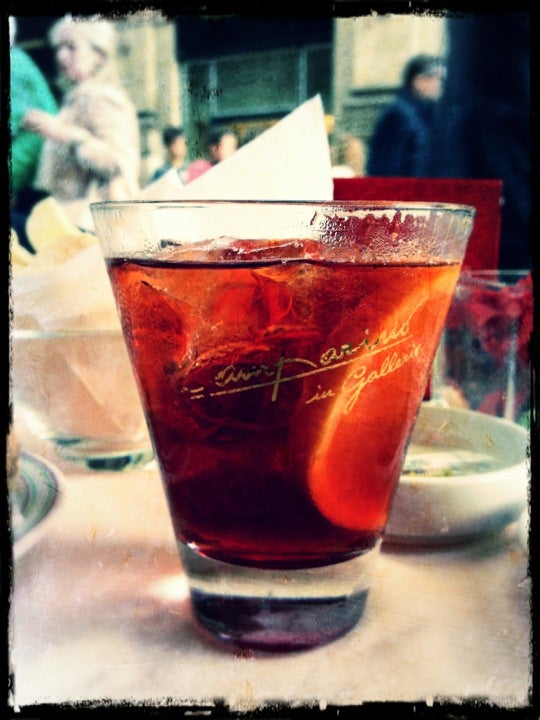
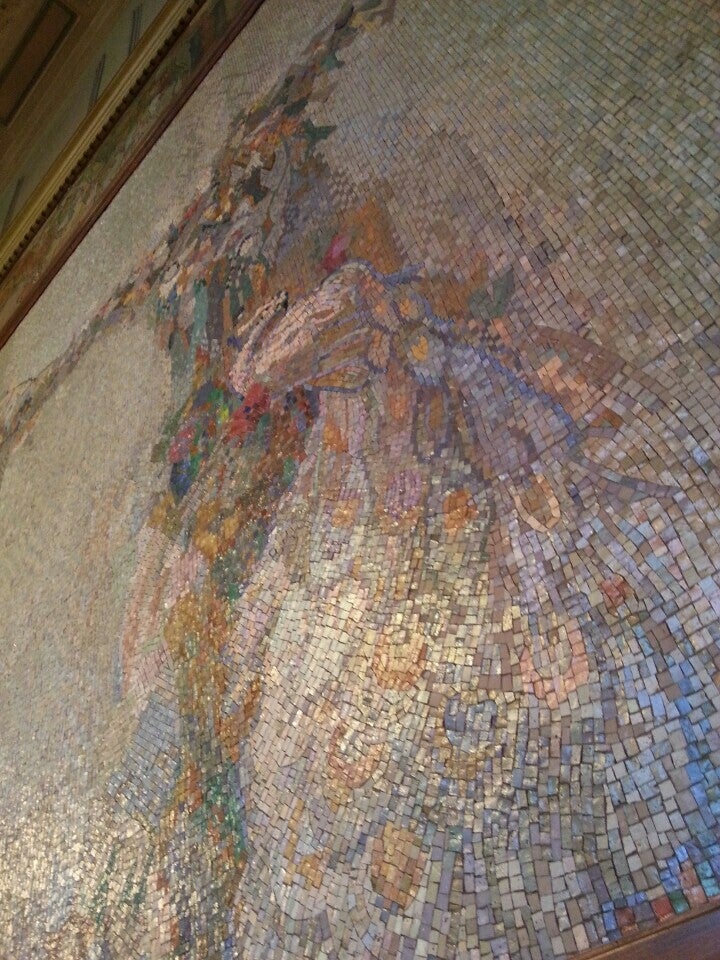


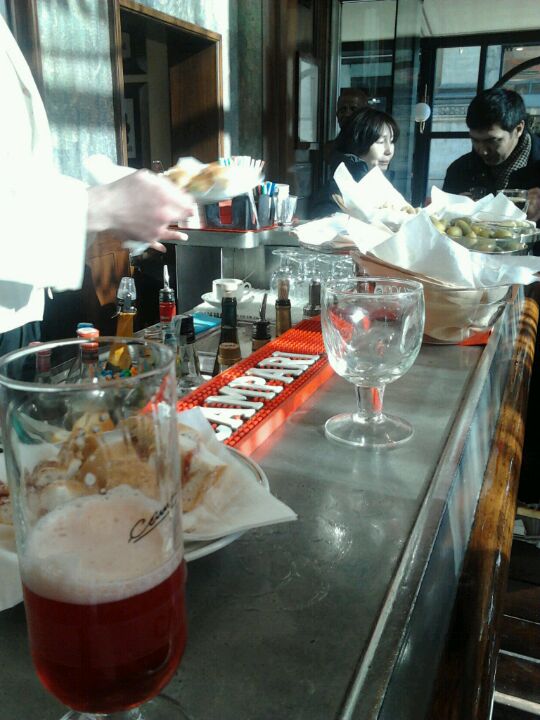
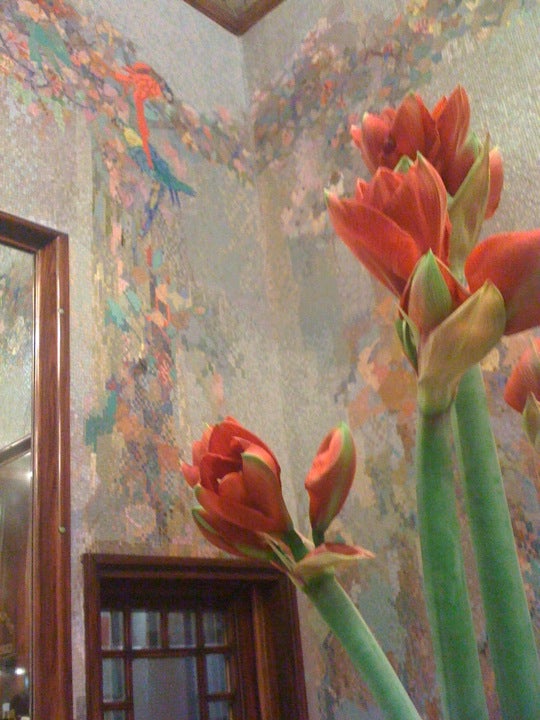

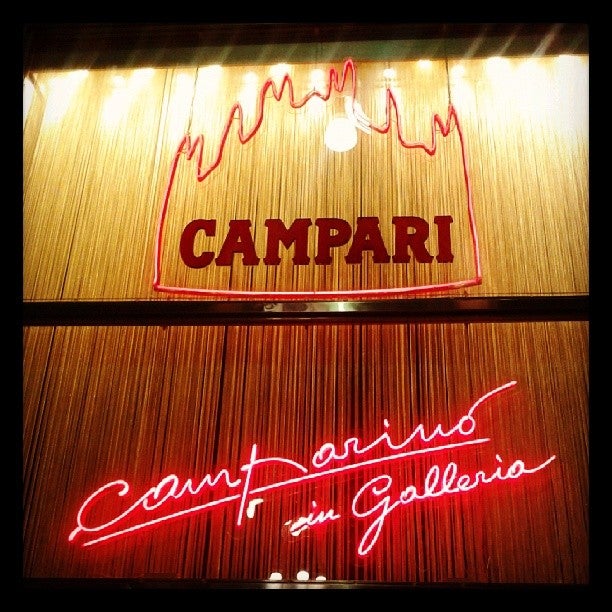
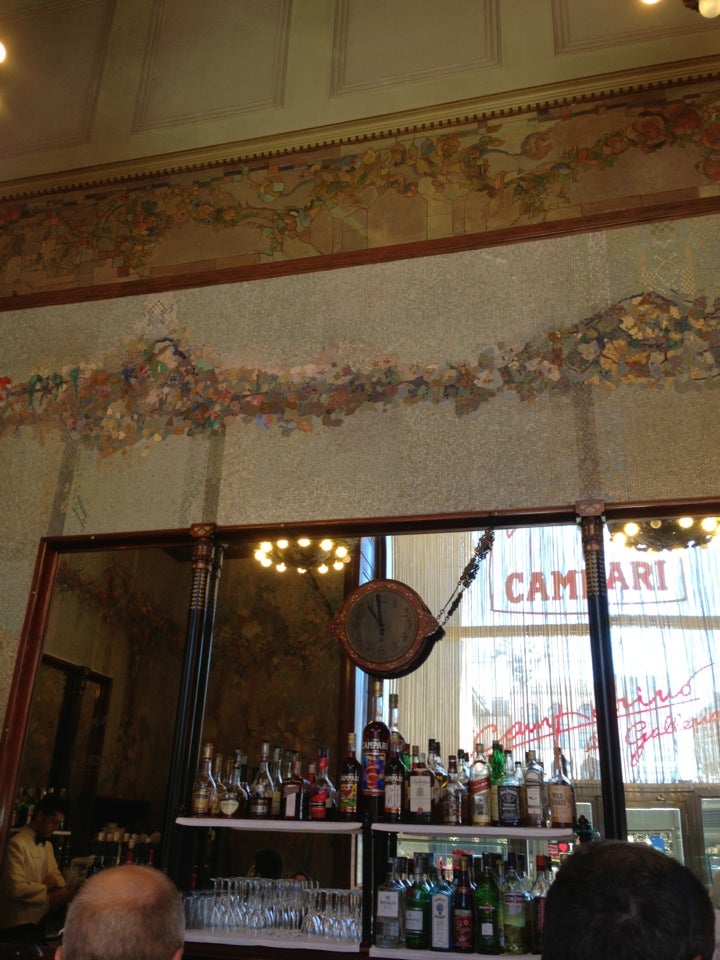
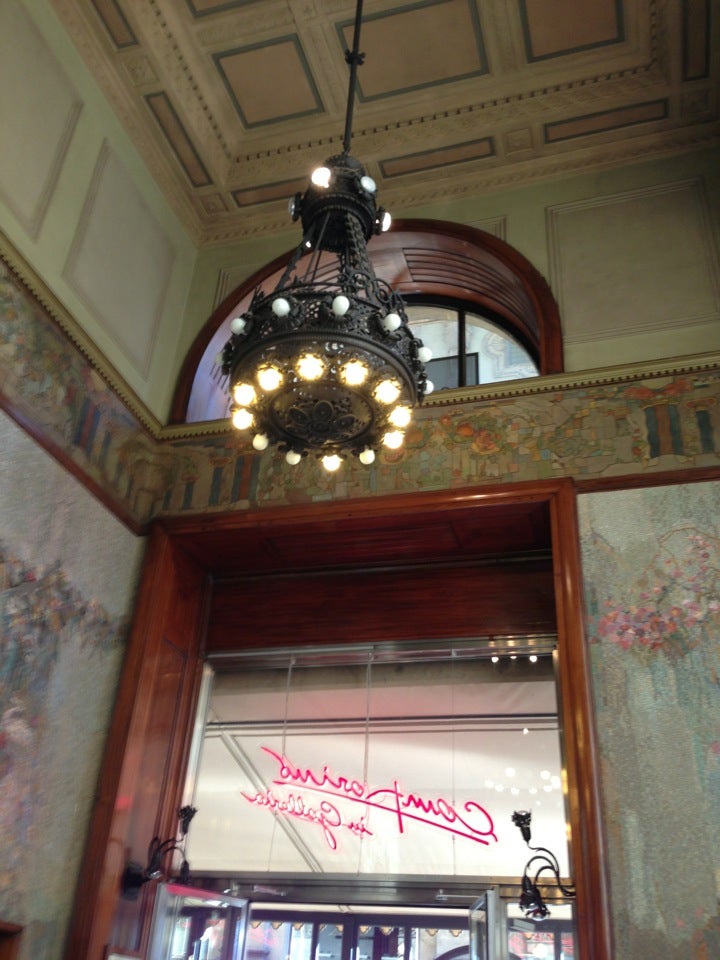
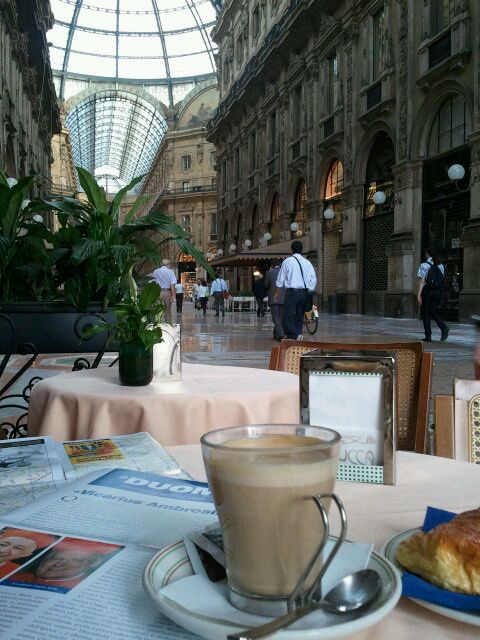
No comments:
Post a Comment
Your comments are more than welcome so feel free to add your own tessera to the mosaic here!
Thank you.
Note: Only a member of this blog may post a comment.